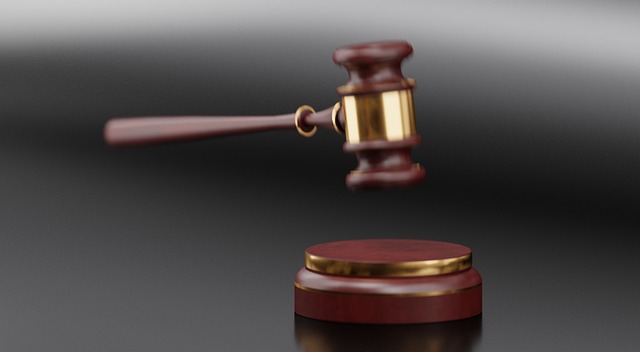Environmental Regulations Litigation, a complex legal area, significantly affects businesses nationwide by enforcing standards set by regulatory bodies like the Clean Air Act and RCRA. To effectively navigate this, stay informed about regulatory changes, consult legal experts, and adopt sustainable practices are crucial. This proactive approach mitigates non-compliance risks, defends against lawsuits, fosters responsible practices, and promotes cleaner technology innovation. Understanding "How to Navigate Environmental Regulations Litigation" is vital for long-term sustainability, involving strategic expertise, deep understanding of investigative processes, and dynamic strategies tailored to client needs.
In the complex landscape of environmental law, understanding litigation types is crucial for effective legal representation. This comprehensive guide delves into various forms of environmental regulations litigation, offering a detailed overview of common lawsuits and their impact. From pollution cases to regulatory enforcement, we explore strategies for navigating this intricate process. Learn how to decipher legal complexities, ensure strong advocacy, and foster positive outcomes in the face of environmental challenges. Discover practical insights on How to Navigate Environmental Regulations Litigation.
- Understanding Environmental Regulations Litigation: A Comprehensive Overview
- Common Types of Environmental Lawsuits and Their Impact
- Navigating the Process: Strategies for Effective Legal Representation
Understanding Environmental Regulations Litigation: A Comprehensive Overview

Environmental Regulations Litigation is a complex field that involves legal battles centered around environmental laws and their interpretations. It’s crucial for businesses operating across the country to understand this type of litigation as it can significantly impact their operations and financial stability. This process involves examining how regulatory bodies enforce environmental standards, with a focus on various acts like the Clean Air Act, Clean Water Act, and Resource Conservation and Recovery Act (RCRA). The goal is to ensure compliance and protect respective businesses from potential liabilities.
To Navigate Environmental Regulations Litigation effectively, businesses must stay updated on changing regulations, engage legal experts familiar with these laws, and proactively implement sustainable practices. By doing so, they can mitigate the risk of non-compliance and defend themselves against potential lawsuits. For his clients, a comprehensive understanding of this litigation process is essential to foster successful environmental management strategies and maintain a positive impact across the country.
Common Types of Environmental Lawsuits and Their Impact

Environmental lawsuits cover a broad spectrum, from cases focused on pollution control to those addressing climate change impacts. Common types include white collar defense actions against companies for regulatory violations, often involving complex scientific and legal issues. Another significant category is litigation arising from the negligence of businesses or individuals, leading to ecological damage—such as toxic waste disposal or oil spills. These suits not only seek monetary compensation but also enforce compliance with environmental regulations.
The impact of these lawsuits extends beyond financial penalties. They shape industries’ behavior by incentivizing responsible practices and fostering innovation in cleaner technologies. For corporate and individual clients alike, understanding how to navigate environmental regulations litigation is crucial for mitigating risks and ensuring long-term sustainability. This includes proactive measures like implementing robust environmental policies and engaging with philanthropic and political communities to drive positive change.
Navigating the Process: Strategies for Effective Legal Representation

Navigating complex legal processes, such as Environmental Regulations Litigation, requires strategic expertise. Effective legal representation demands a deep understanding of how to move across the country, leveraging an unprecedented track record in all stages of the investigative and enforcement process. Lawyers must master each step, from initial assessments and document reviews to negotiations and courtroom appearances.
Successful navigation involves anticipating regulatory changes, staying informed about case precedents, and employing creative strategies tailored to specific client needs. By combining legal acumen with a dynamic approach, attorneys can secure favorable outcomes, ensuring their clients’ rights are protected throughout the litigation process.
Environmental Regulations Litigation is a complex field, but understanding the types of lawsuits and effective navigation strategies can significantly impact outcomes. By comprehending the unique aspects of each litigation type, legal professionals can better serve their clients and advocate for environmental justice. Adopting proactive approaches, staying informed about regulations, and employing strategic arguments are essential tools in navigating this intricate landscape. This comprehensive overview aims to empower legal practitioners to effectively handle such cases and contribute to a more sustainable future.






